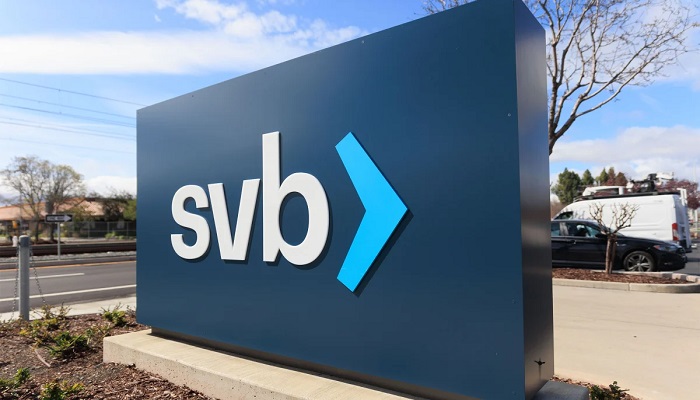Healthcare companies may turn to traditional major banks and prioritize cash conservation after the failure of regional lenders like Silicon Valley Bank and Signature Bank.
The fall of SVB left a void in the life sciences startup sector, locking out capital for now for some firms and cutting off a supply of short-term funding for healthcare startups.
SVB, a prominent bank and lender to healthcare companies, had clients in roughly half of the venture-backed technology and life sciences companies in the United States in 2022.
According to Ian Chiang, a partner at healthcare investment firm Flare Capital, at the moment, he believes most companies are flying to safety, to the large banks. Perhaps it is a bit of a knee-jerk reaction to see what happens.
Even so, businesses may continue to deposit with regional banks, depending on their size. Healthcare unicorns, or firms with valuations over $1 billion, are unlikely to be able to maintain numerous bank accounts with enough funds to keep everything under the $250,000 FDIC guaranteed limit, as per Chiang.
He stated that early-stage enterprises may still want to work with regional banks as long as their deposits remain below the FDIC-guaranteed limit.
The Financial Times stated that huge banks such as JPMorgan Chase, Citigroup, and Bank of America are being overwhelmed with fund transfer requests from smaller banks. To compensate for the increased demand, banks reduced their assigned waiting times, like Citi’s private banking division, which seeks to open accounts within a day of application, compared to typical turnaround times of one to two weeks.
Shifting to major banks may limit access to rapid, short-term liquidity for healthcare organizations. Regional banks, such as SVB, can act as dependable bridges for enterprises’ short-term liquidity needs. Furthermore, according to Bill Evans, founder and CEO of Rock Health, these loans are often far more difficult to obtain at large banks.
It’s also uncertain whether larger lenders, such as the so-called “Big Four” banks, are interested in handling smaller venture-capital-backed deals that would normally be handled by regional banks, according to Brad Haller, a partner in West Monroe’s mergers and acquisitions office.
Haller further added, he believes that in the long term, fewer deals will be completed, fewer VCs will receive the funding they require, and ultimately, it will have an influence on innovation.
The banking uncertainty comes as funding in the healthcare sector has fallen this year compared to pandemic-driven highs. Initial public offerings in healthcare and biotech have also stalled. Funding fell to $15.3 billion in 2022, down from $29.1 billion the previous year.
According to Chiang, healthcare entrepreneurs are focusing on various strategies to extend their funding runway in an uncertain financial environment.
He added that more and more entrepreneurs will focus on how to increase the efficiencies of their capital deployment, as compared to the past, when it was all about growth at whatever cost.


















